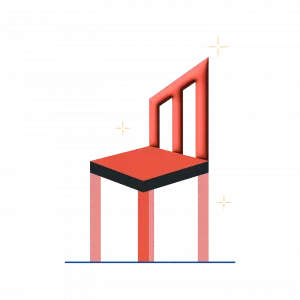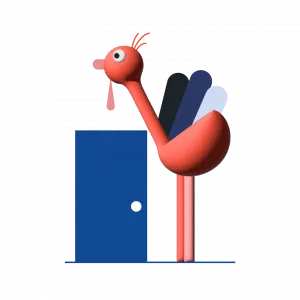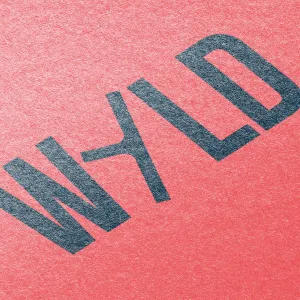Trends come and go, and design is no exception. From fonts and layouts in editorial design to interface design, there are always new trends to be found. The turkey illusion describes the false assumption that a trend will always continue. The “turkey” in the title of the cognitive distortion is characterized by the metaphor that “the turkey is fed daily until suddenly Thanksgiving is just around the corner” and would mean that the turkey traditionally ends up in the oven on the American holiday. The trend suddenly ends or is replaced by a new one and the methaphorical turkey is fed again from the beginning.
But why are products, whether analog or digital, designed based on trends if they can be out of fashion so quickly? The main reason for this is, of course, that brands want to be represented in a contemporary way and it seems logical to follow current trends.
But why do you decide to consciously follow a trend in a project in the first place? This usually has something to do with the brand, the brand target group and, of course, the design medium. Depending on who the brand is aimed at, how it is to be perceived and how sustainably the product to be designed is to be used. For a one-year poster and social media campaign, for example, trends may be suitable as the time period and dwell time are shorter, but an app design would again require a sustainable design approach. In the second example, we would assume regular and long-term product use, and a complete design change based on a trend would be associated with high costs.
And last but not least, of course, it also depends on the trend and the design direction; after all, there are also directions such as Swiss typography or Bauhaus-esque design that are anything but new, but have an evergreen effect and are therefore particularly suitable for a sustainable, modern-looking design.








